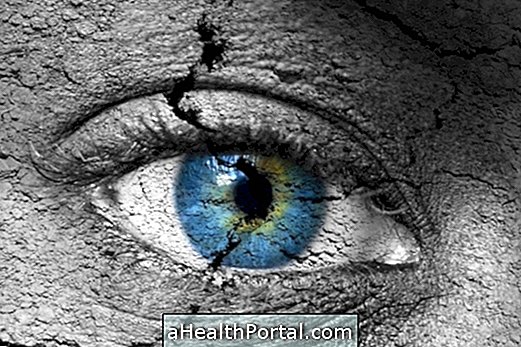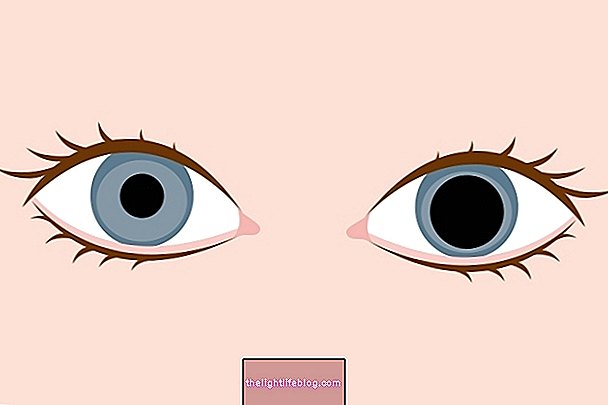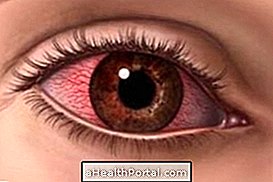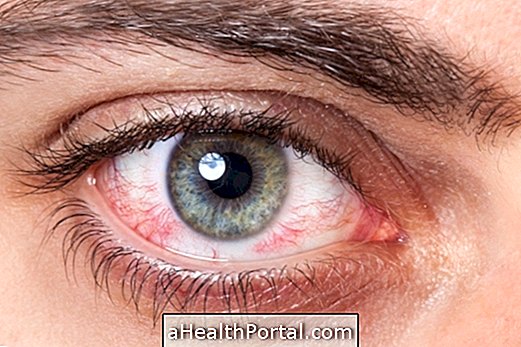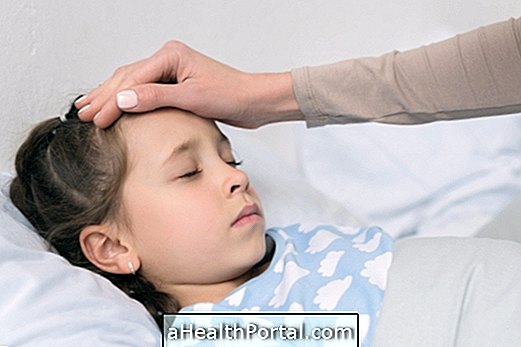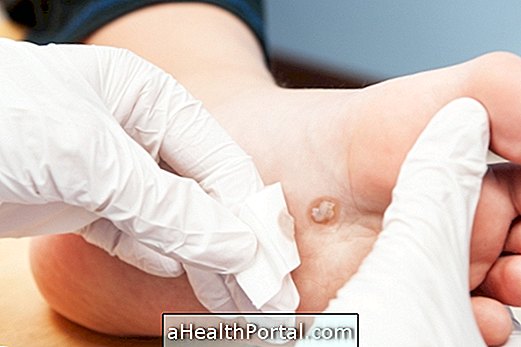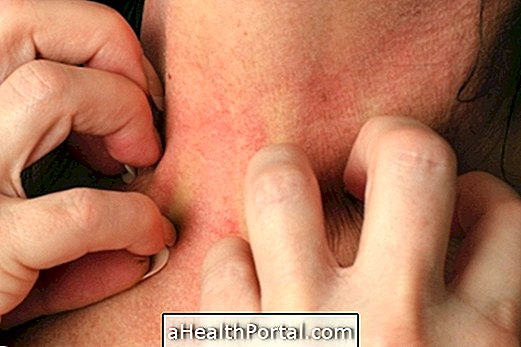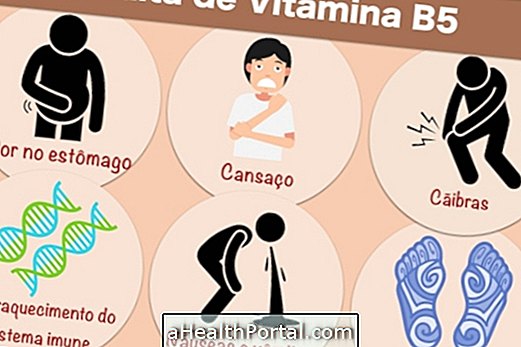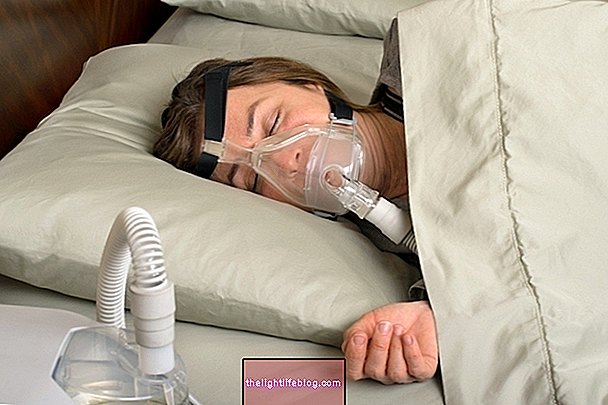Glaucoma has no cure and its main consequence is irreversible blindness but it can be controlled with the treatment indicated by the doctor, which may include the use of eye drops, pills or surgery depending on the type that the person has. Difficulty in seeing, redness and intense pain in the eyes, nausea, vomiting or tunnel vision are some of the symptoms caused by glaucoma, which in severe cases can even lead to loss of vision. Know the main symptoms caused by this disease clicking here.
The most common type is the open angle that can be controlled by use of eye drops, but if it is not possible to keep the pressure inside the eye always well controlled or when the person has other eye problems it may be necessary to have surgery so that see better and control the pressure.
Types of Glaucoma
There are 4 different types of glaucoma and each one of them has different characteristics, which include:
| Type | Features |
| Open-angle or chronic glaucoma | It is most frequent and usually affects both eyes and causes no symptoms. There is blockage of the drainage channels of the eye, reducing the natural drainage of the eye fluid, with increased intraocular pressure and gradual loss of vision. |
| Closed-angle or acute angle glaucoma | It is most severe because rapid blockage of fluid passage occurs, leading to increased pressure and loss of vision. |
| Congenital glaucoma |
It is a rare situation where the baby is already born with the disease being diagnosed at around 6 months of age. The treatment is only done with surgery. |
| Secondary glaucoma | It is caused by eye injuries like strokes, bleeding, ocular tumor, taking of some remedies such as cortisone, inflammation, diabetes or cataract. |
Remedies Used in Treatment
Initially the doctor may indicate the use of eye drops daily to control pressure in the eyes and improve the quality of life of the person.
If glaucoma can not be controlled with this type of medication the doctor may also indicate taking diuretic medicines to reduce pressure in the eyes. See the top eye drops to treat Glaucoma and its side effects.
Surgery for glaucoma
In case of congenital glaucoma or when the medications are not enough to regulate eye pressure the doctor may indicate performing a laser surgery.
This surgery is helpful and can cause the eye to drain excess fluid into the eyes, achieving good results in most people. However, sometimes the person may have to perform another surgery to combat blurry vision, which is a relatively common complication.
Treatment for acute glaucoma
This treatment is usually done through laser or surgery, as this is a case of closed-angle glaucoma, in which the eye can not drain any amount of fluid.
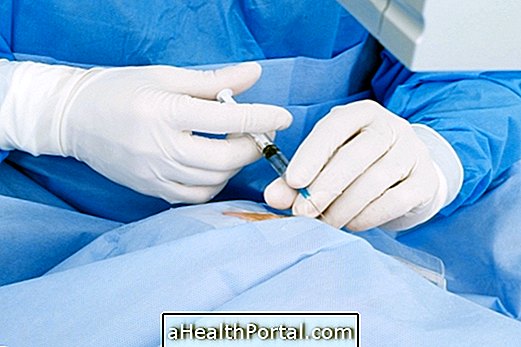
Thus, the laser can help stimulate the eye drainage system, while the surgery creates a new channel for the fluid to exit the interior of the eye and lower the eye pressure, preventing vision damage.
Usually the surgery takes about 15 minutes and is done at the ophthalmologist's office under local anesthesia and the subject can return to their activities at the end of 1 week.
Treatment for chronic glaucoma
This treatment depends on the severity of the case and the time of disease development.
In the case of simple chronic glaucoma, eye drops, such as Timolol, may be used to lower the pressure inside the eyes and help the fluid out. However, when this treatment is not successful, it is necessary to include ingestion of oral remedies, such as Furosemide, which help the body to eliminate water and lower pressure in the eye.

Even in the most severe cases, where there is damage in vision, or in cases of glaucoma that does not pass with eye drops or remedies, it is necessary to resort to laser or surgery to stimulate the drainage of fluid from the eye.
Treatment for congenital glaucoma
Treatment is usually done through surgery as it is the best way to cure glaucoma and prevent damage occurring during the development of the child's vision.
Most cases of congenital glaucoma are still identified in the maternity ward and surgery is suggested by the pediatrician.
Signs of improvement
Signs of improvement can take up to 7 days to appear, and usually include reduced redness of the eyes, decreased eye pain, and relief from nausea and vomiting.
Signs of worsening
Signs of worsening are more common in patients who do not treat properly and include increased difficulty in seeing.
Complications
The main complication is blindness, which arises due to permanent eye injuries caused by increased pressure. However, other complications include flying flies and tunnel vision.


